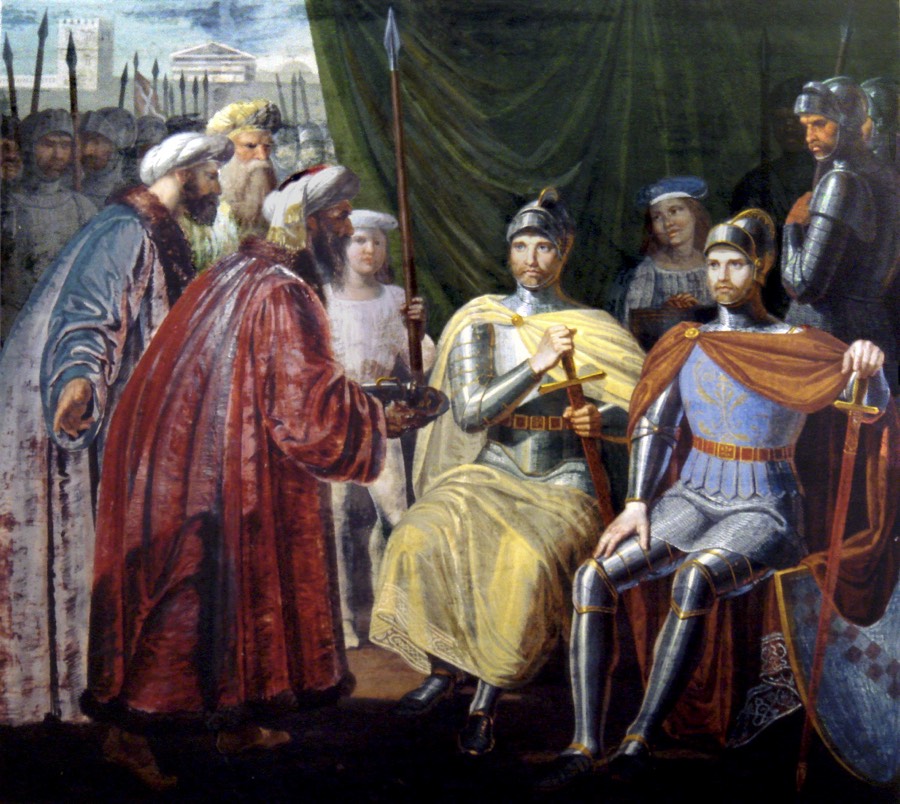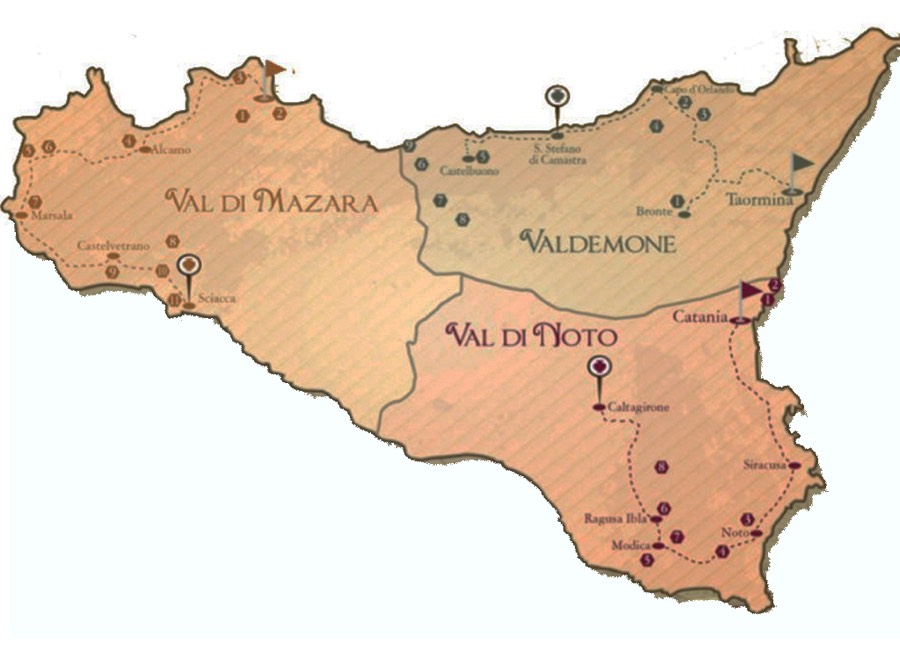The Norman kingdom was born in the city of Palermo on 25 December 1130, when
Roger II
was crowned King of Sicily, Apulia, Calabria and Capua. The occupation and seizure of Sicily, which remained under Muslim rule for some two hundred years, was due to his predecessor
Roger I
, known as the Great Count, who, together with his brother
Robert Guiscard
, planned a complex plan of conquest, which began with the 1061 landing in Messina.

After the surrender of the port city in the Straits, the Normans penetrated the Val Demone with almost no difficulty and, following the fall of the town of Rometta, many strongholds were torn from the ‘Arabs’. In 1071 Palermo capitulated, followed by Trapani in 1077, Agrigento in 1087, Enna and finally Noto in 1091.
Nevertheless, from 827 to 1072, during Muslim rule, the island enjoyed a period of both economic and cultural prosperity. New cultivation techniques were introduced, water resources rationalised, mosques, places of recreation and hunting were built, the monetary system was renewed with the introduction of the gold dinar and the silver dirhem, and literature, art, philosophy and poetry were promoted. The ‘Arabs’, who tried to maintain a degree of religious tolerance, divided Sicily into three large administrative seats:
Val di Mazara, Val di Noto and Val Demone
.

This tolerance and openness towards different styles, religions and cultures was maintained during the Norman reign, which became a blend of different worlds, languages and religions, not only those of Western Latin but also
Eastern Byzantine
and Islamic.
The Norman rulers succeeded in creating a dialogue between the people of the Mediterranean, based on peaceful coexistence, cooperation and the coexistence of different cultures. The mixture of styles, typical of the Norman period, can be seen in many buildings, from the Zisa to the Palatine Chapel and the three great cathedrals of Palermo, Monreale and Cefalù.